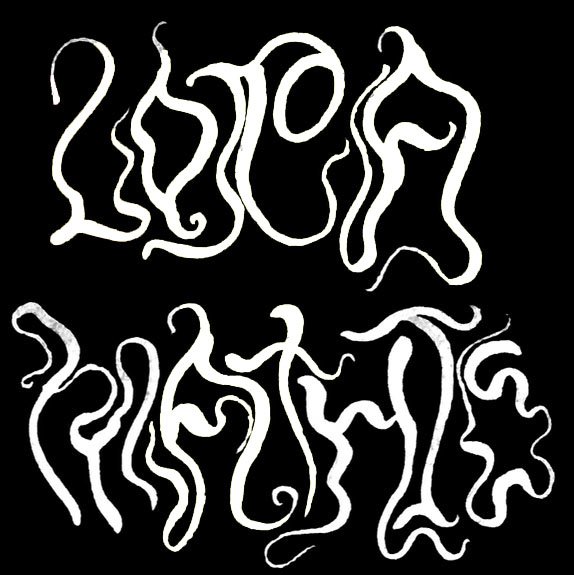salt piece I (2023)
Salt extracted from sea water from the Albany Bulb, driftwood and rock from Tepco Beach, grown borax crystal, gauze with wet cyanotype, glue
Salt felt easy to dismiss when I began this project—it can be bought for under $5, it’s cheap, it’s easy to find in stores around me. I boiled down sea water which I took from the San Francisco Bay because I wanted to see the process of extraction firsthand and know how much of the sea is present in a small handful of salt. It took hours to boil down the ocean water, and by the end of it I had a small jar of off-grey sea salt. This salt became precious to me as a material, and was used on the gauze in the wet cyanotype process.
The sculpture in which the wet cyanotype is a part of is meant to look inconsequential and organic, like something that washed up on the shore. But there are glitches in the work which disrupt this sort of viewing. The crystal grown from borax is hanging from a string too neatly to have simply ended up there. Likewise, the cyanotyped gauze is tied around the driftwood’s base, showing that a human hand was present in the arranging process.
While digging into salt as a material, I also considered the depth of history contained in salt. It is easy to think of salt as insignificant, but if a human doesn’t have enough of it, they'll die. Salt destroys buildings. In seaside towns, salt spray eats at concrete and wood, decaying them and aiding a process of rot. But salt is also key in food preservation and the development of new techniques for keeping food long after it has been harvested—brining, pickling, fermentation in general. This work is a first dive into salt as a material, and a seemingly inconsequential mineral which holds so much cultural and historical weight.





